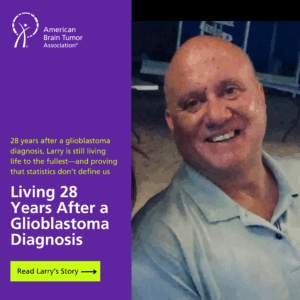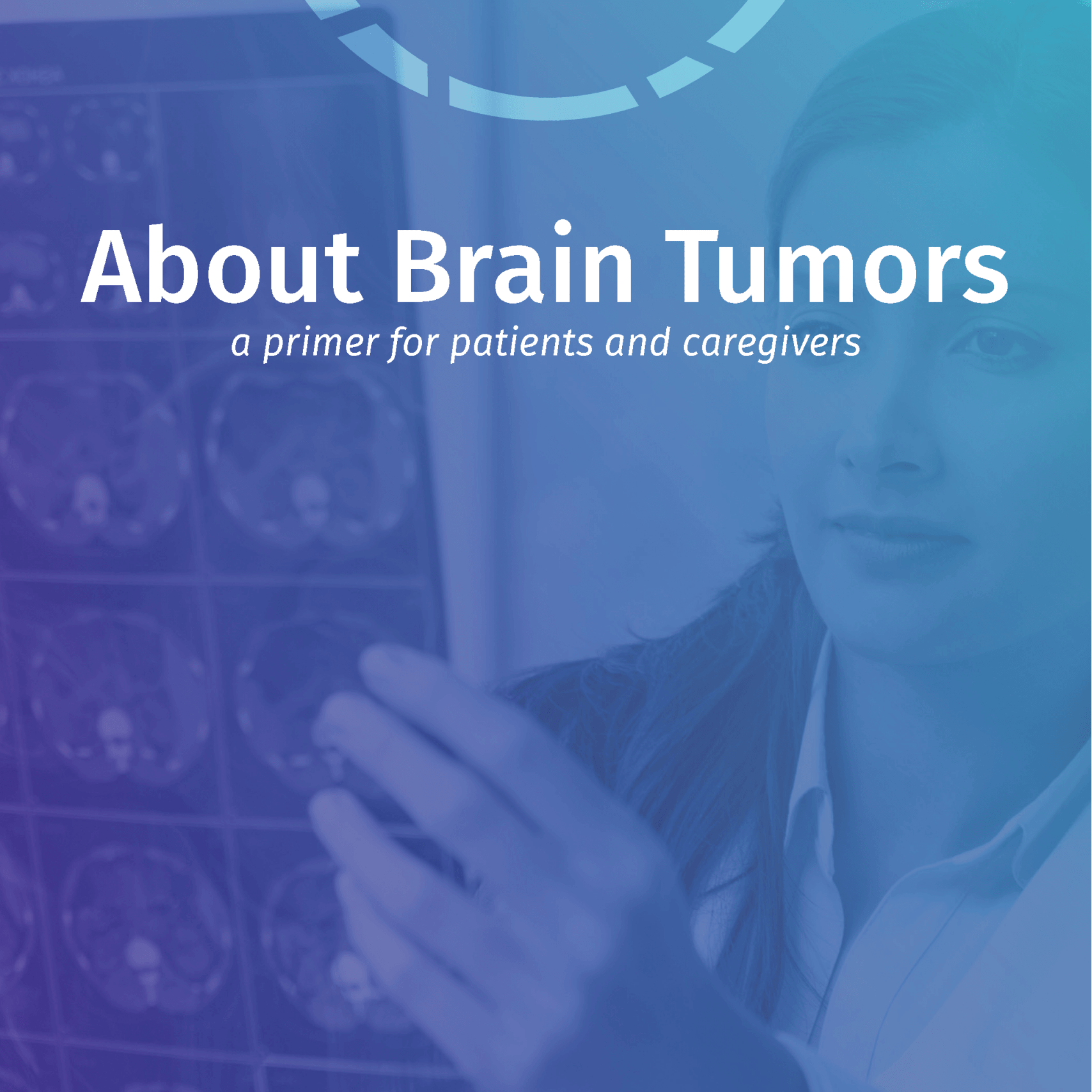Being told you have glioblastoma can be shocking and scary. It’s a serious brain cancer, and hearing the diagnosis may leave you with more questions than answers. You might feel lost, anxious, or unsure about what to do next. That’s completely normal.
The good news is that there are clear steps you can take right now to start your care with confidence. Here are five important things to do after being diagnosed with glioblastoma (also called GBM).
1. Understand That an MRI Alone Isn’t Enough
In many cases, glioblastoma is first suspected because of an MRI scan. The scan may show a mass in the brain that looks like GBM. But an MRI cannot confirm a diagnosis by itself.
Other conditions—like strokes, infections, or different types of tumors—can look similar.
That’s why the next step is usually a biopsy or surgery. Your doctor will remove a small piece of the tumor to study under a microscope and run special lab tests. These results confirm if it is truly glioblastoma and what kind of treatment will work best.
2. Ask for a Second Opinion
It’s okay to want another expert to look at your case.
In fact, getting a second opinion is a smart move. Brain tumors are complex, and glioblastoma is one of the most aggressive types. You want to be sure your diagnosis is correct and that you’re starting with the best treatment plan for your needs.
A second opinion can help you feel confident in your care. It may also introduce you to new treatment options or clinical trials that you didn’t know about. Most doctors understand this and will support your decision. Click here to find a brain tumor treatment center.
3. Start Building Your Care Team
Treating glioblastoma takes more than one doctor.
You’ll need a team that works together to support you. This may include a neurosurgeon, a neuro-oncologist, a radiation oncologist, nurses, and other specialists. Together, they’ll help plan your treatment and manage your care along the way.
If possible, choose a team with experience treating brain tumors. It’s okay to ask how many glioblastoma patients they’ve helped or what their treatment process looks like.
Get this free booklet about glioblastoma and high-grade astrocytoma brain tumors
4. Make a Care Plan for Daily Life
Soon, you’ll be starting treatment like radiation and chemotherapy. Now is the time to make a plan for support. This could mean asking friends or family to help with meals, transportation, or childcare. You might also need to take time off work—or help a loved one who does.
Talk to your team about things like fertility planning, advance care documents, and any other support services you may need. These are hard topics, but important ones.
5. Take One Step at a Time
It’s easy to feel overwhelmed. Try to focus on what’s right in front of you. Start with confirming your diagnosis. Choose a team you trust. Get ready for treatment, and remember—you do not have to figure everything out in one day.










